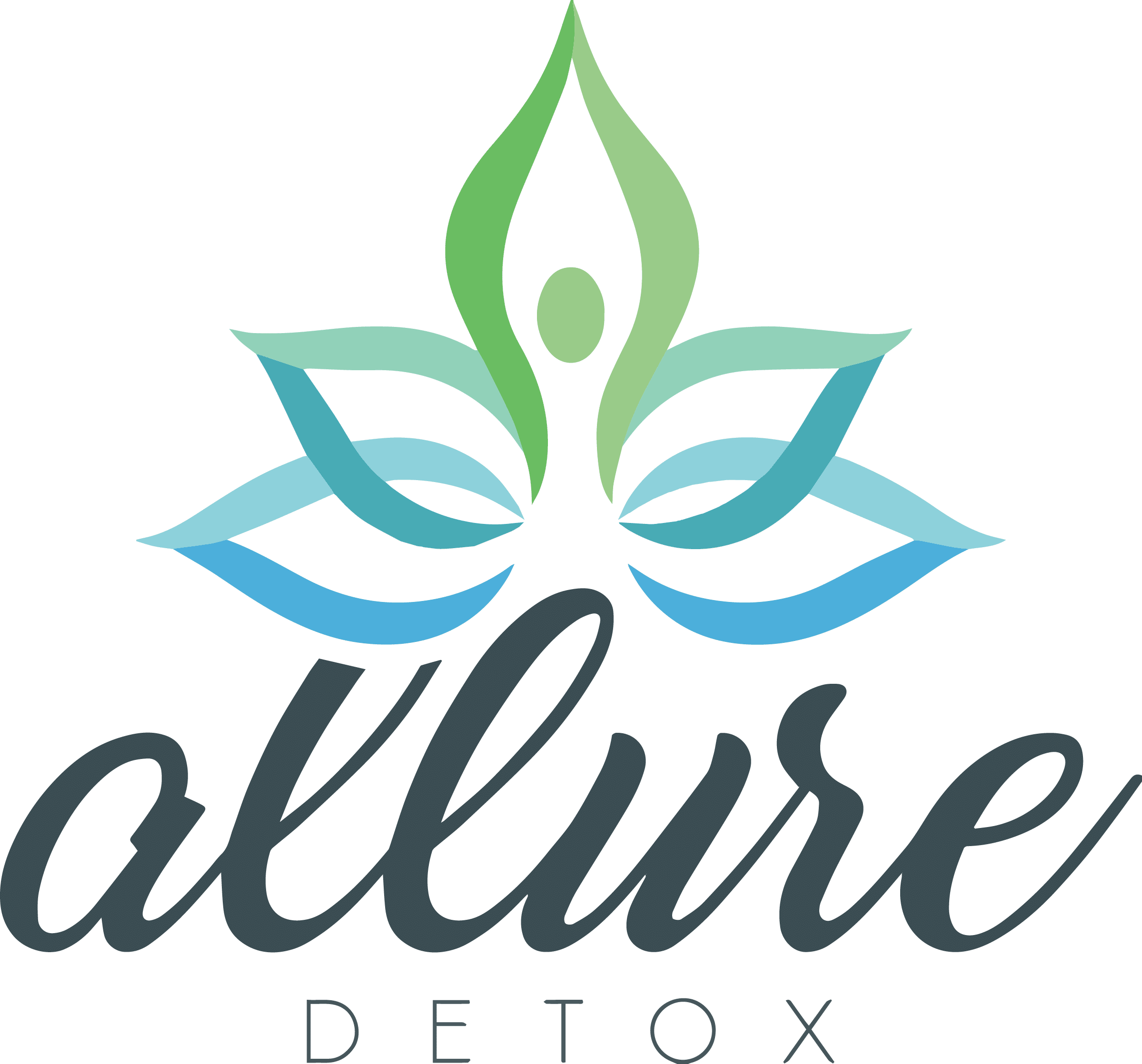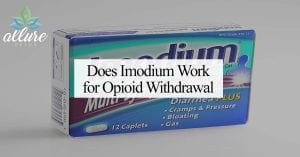

Recognized for excellence in substance abuse and behavioral health treatment by the Joint Commission
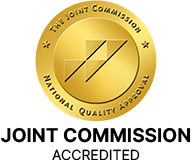
Does Imodium Work for Opioid Withdrawal?
While it's technically an opioid, Imodium does not cross the blood-brain barrier to create an opioid-based high. However, many people assume it will act as a detox medication that can help with many withdrawal pains, but is this true?
Drug Detox
Drug detoxification (informally, detox) is variously the intervention in a case of physical dependence to a drug; the process and experience of a withdrawal

The National Institute on Drug Abuse (NIH) state the Opioids are a class of drugs that include the illegal drug...
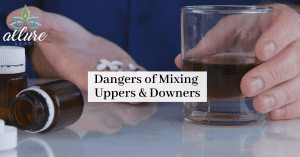
Dangers of Mixing Uppers & Downers
Today you can get drugs for just about anything. If you want to be happy, there’s one to make you...
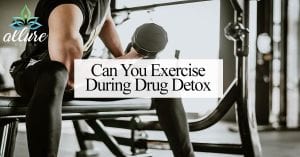
Can You Exercise During Drug Detox?
Substance use disorders are associated with a wide range of short and long-term health effects. They can vary depending on...

Kennedy Granddaughter Dies of Drug Overdose
Robert F. Kennedy’s 22 year old granddaughter Saoirse Kennedy-Hill has been found dead on the Kennedy compound in Hyannis, Massachusetts....

Cocaine and Ketamine: Calvin Klein Club Drug
When you hear the words, Calvin Klein, you think of the fashion house, but now the brand name has taken...

Can You Die From Benzo Withdrawal?
The question on many people’s minds is: can benzo withdrawal kill you? Yes, people have died as a result of...
Real Reviews from Real Clients
At Allure Detox, client safety and comfort are our top priorities. From the moment you walk through our doors, you can expect a warm welcome from every member of our team. We are committed to providing exceptional drug and alcohol detox services and creating an environment that supports long-term, successful recovery.
